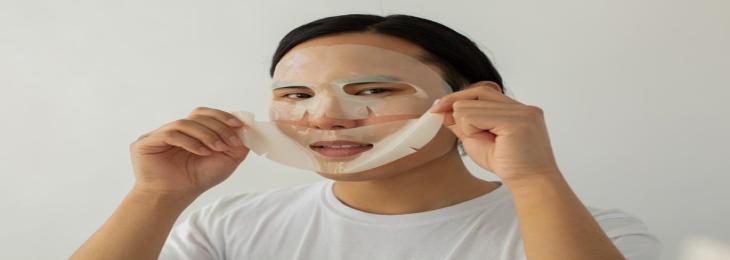Jul, 2022 - By WMR

Scientists developed flexible, antibacterial and conductive e-patch of hydrogel, which provides personalized and high efficiency treatment of wound healing
Electrical stimulation is known to make wound healing process easier with high efficiency and only few side effects. A group of scientists at Terasaki Institute for Biomedical Innovation, Los Angeles developed the new ePacth that consists electrodes made from silver nanowires mixed with a hydrogel derived from seaweed known as alginate, which is already in used for surgical dressings due to its biocompatibility and capability to maintain ideal levels of moisture.
In this new study, the researchers chemically modified the alginate and added calcium to it in order to enhance the function and stability of the silver nanowires. Then the team 3D printed the resulting hydrogel on a flexible sheet of silicone where the surface was half covered with a template shaped like stencil. When the team removed this template, the alginate formed two electrodes which were further hard-wired to an external source of power. The team created these ePatches by changing shape and size of the silicone sheets. These patches can cover and conform the outlines of various wounds. The team tested the technology on rats having external wounds by delivering electrical current. The team found that this current accelerated the wound healing as it caused migration of skin cells and other granulations cells to the site of wound as well as it induced the blood vessels formations and reduced inflammation.
Moreover, the antibacterial properties of the silver also play a role in this as it kept the infection in rats to a minimum. When the team removed these ePatches at the end, the rats exhibited less scarring compared to the control group, as the skin cells did not stick to the silicone substrate which allows the bandage to come off without the ripping skin cells with it.

We will be happy to help you find what you need. Please call us or write to us: